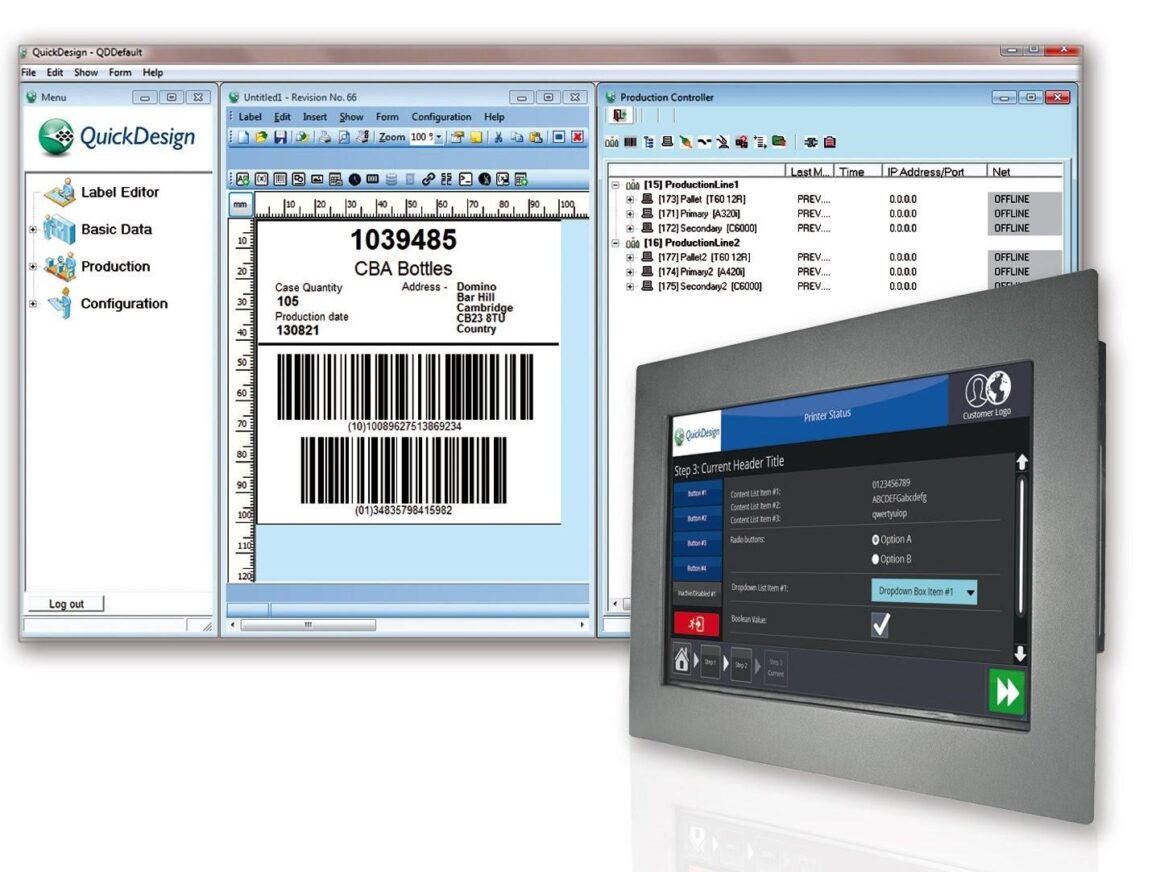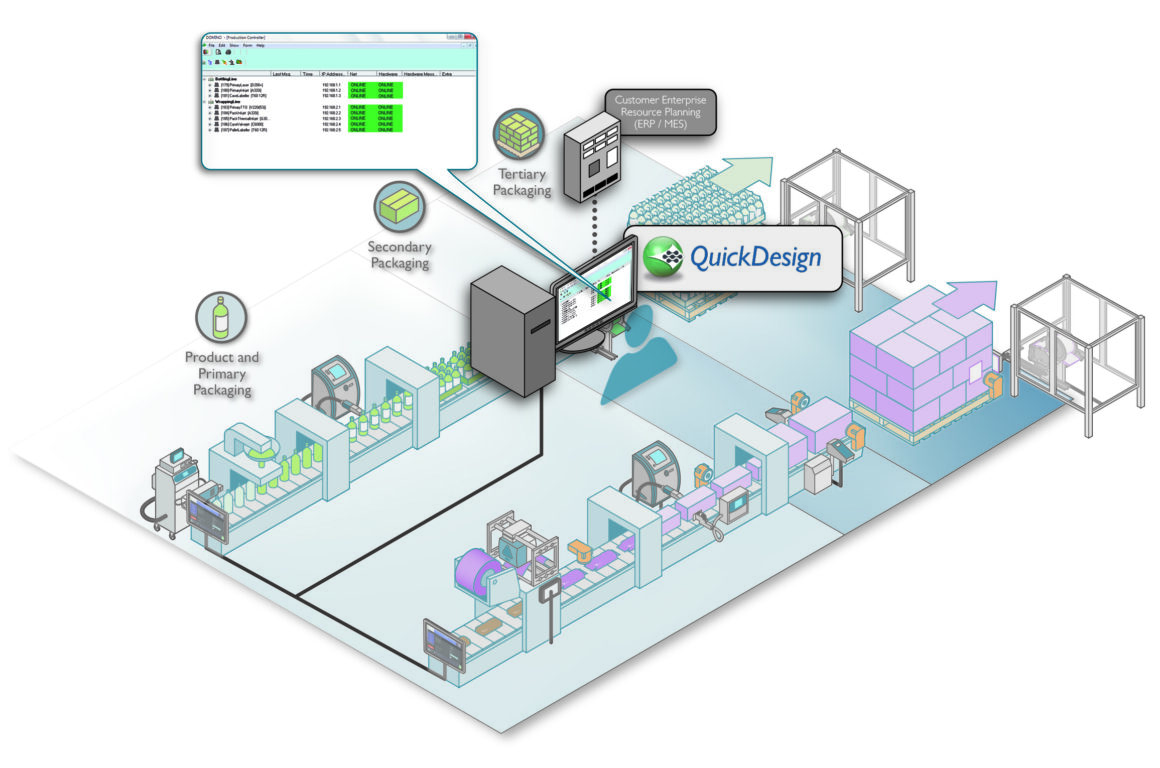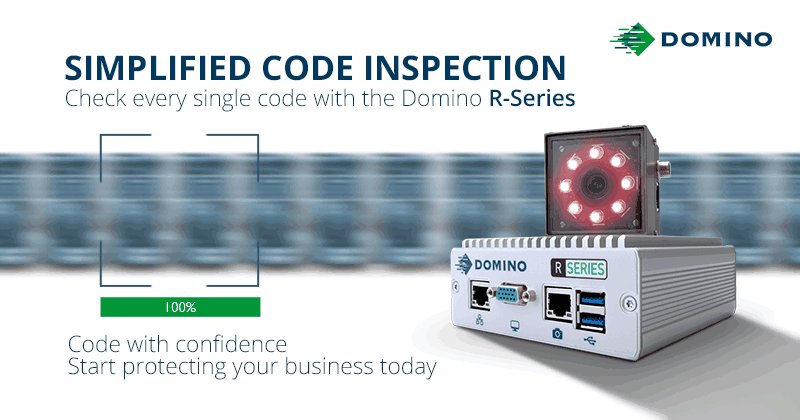Coding Errors: Prevention vs Cure
The last few years have come with many business interruptions, including the global pandemic, supply chain problems, and a reduced workforce all causing havoc for businesses across the world. Unfortunately, these disruptions to normal business practices have driven some manufacturers to make compromises in order to meet deadlines and therefore resulted in production errors being identified at a late stage when the maximum cost has already been invested.
When it comes to coding and labelling, accuracy is absolutely key. However, errors do happen and are more likely on production lines where multiple product changeovers occur or when printing large amounts of information.
Impact of Labelling Mistakes
Product recalls are a costly mistake for any business and can have wide-reaching impacts. Genuine product recalls can also be compounded by missing or illegible codes, as the BB/Batch code can often limit the number of affected products to be returned.
This is why it is so important for thorough checks to be in place on a production line. However, manually checking codes can be time-consuming and unreliable and laden with risk.

Common Coding Problems
There are many different ways in which coding can go wrong. Some are more common than others, but they can all lead to expensive product recalls if the errors are not caught. Here are some of the most common coding problems on a production line:
Operator Errors: Nobody is perfect. In fact, it’s thought that a human operative will produce one mistake for every 300 coding entries. If operators are entering codes and data manually, errors will occur.
Different Types of Production Equipment: If your operators are working with multiple coding systems and equipment types, then the risk of an error occurring is increased. Each coding point will have its own quirks and operating procedures, and switching from one to the other can lead to confusion.
Duplication of Work and Inconsistency of Data: If your operatives are working across multiple systems, it’s quite common to have to enter the same information into each different system, at multiple times during the production process. This is an inefficient use of your operatives’ time, and again gives more opportunity for errors to occur. You may also find that the data provided by each system is in a different format, making it hard to analyse and manage the data from your production line as a whole.
Label Management: In coding and marking, manual processes in both label selection and label management can ultimately lead to labelling mistakes on a final product. There may be human error in label selection, or label management: selecting the wrong label or an older revision of the label, deploying the wrong information on product packaging, or entering the wrong information into a label template to be printed onto a product are all common issues.
Date Labelling: There can be additional challenges where goods will cross borders, as different markets may require different date formats.
Coding automation software can address all of these coding problems, using a two-pronged approach – preventing coding errors wherever possible, and then correcting the ones that slip through the net.

Prevention
The first step to preventing errors starts upstream: having robust, easy-to-use systems will help prevent errors from occurring in the first place. Remember the saying – prevention is better than the cure – and this is critical in a production environment. After all, if you spot an error on a label code before it goes onto a product or packaging, it’s much quicker to fix than if you notice it once applied.
Domino Printing’s coding automation and label design printing control software enables you to quickly design labels and manage their distribution through the start to finish of your manufacturing production process applications.
By centralising and simplifying the process of package messaging, you can ensure accurate code design and deployment. Whether you’re designing messages for your primary printers or creating labels for cases and pallets, Domino’s software standardises the user experience across all technologies to reduce training needs. Easily integrating within your production line, our software features a configurable operator interface and an inbuilt product table so your data can be managed efficiently. It’s the ideal solution for ensuring your message printing is consistent and accurate.

Our coding automation and label design printing control software also allows you to integrate your printers into MES and ERP systems, using industry-standard protocols. This enables plug-and-play installation and ensures accurate data for overall equipment efficiency (OEE), giving you faster product setup, fewer recalls and less operator error.
Here are some of the benefits of printing automation software:
- Avoids Errors – reduces the risk of incorrectly entering product information.
- Centralises Control – labels are sent to all printers from a single interface.
- Avoids Duplication of Work – label changes can be centrally managed.
- Reduces Time Required for Changeover – removes the need to visit each printer.
- Wide Range Compatibility – compatible across a range of Domino coders and works on all major Windows OS.
- Reduces Human Error – operator mode provides a configurable touchscreen optimised interface.
- Easy Collaboration – store labels and product data in a single secure central location for easy team working across an entire site.
- Integration With Customer Databases – enables easier product lookups.

Cure
If the above preventative measures or solutions have yet to be enabled or face too many internal obstacles, finding an alternative safety net to catch the errors can also be explored.
Typically, the later an error is found the more expensive it is to rectify, but it is better to catch it late than when your customer comes knocking on your door. If a wrong or missing code enters the supply chain the cost can not only be financial but can also significantly impact brand image.
Vision hardware and software ensure that errors can be found and fixed straight away. Integrated cameras and vision control systems work alongside coding automation software to verify coding information against production orders and shift codes. They can also be used to provide verification for item-level serialisation – this can enable you to track and trace every pallet, case, or even individual product.
A VCS can also ensure that preventative actions are being taken during manufacturing: for example, by integrating with coding automation software, it can automatically stop production if a set number of labels are detected to be of insufficient clarity, or if the label data is inconsistent to the product the system believes is being produced.
Our vision hardware and software can help you to:
- Code with confidence – ensure the readability of every code.
- Protect your brand – avoid regulatory/retailer penalties.
- Eliminate scrap – avoid potential costs associated with scrap and recalls.
- Automate code verification – eradicate costly manual code inspections by automating 100% of in-line code inspection, removing periodic, human spot checks.

Conclusion
There is a critical need for manufacturers to prevent and resolve errors on production lines as quickly as possible to reduce downtime. PrintDATA can provide a consultative approach to understanding existing manufacturing label design and deployment processes and uncover the potential risks and opportunities within your operation.
Get in touch to schedule an online or onsite coding error prevention discussion.